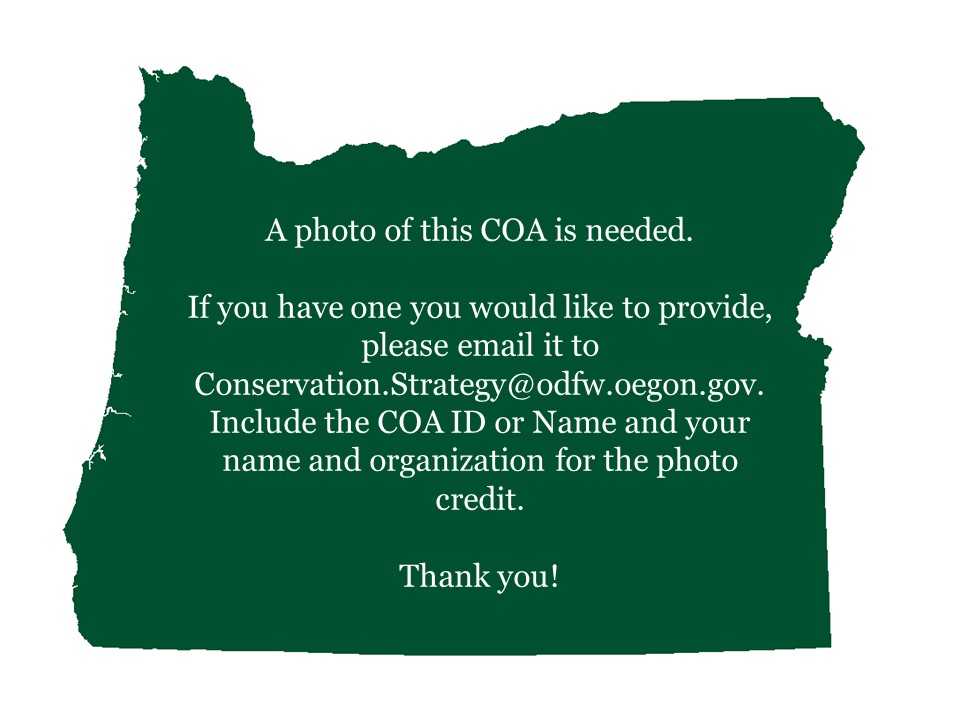
Area is located along the ecoregion boundary east of Albany adjacent to South Santiam River. The majority of the area is located in the One-horse slough quad
COA ID: 083
Ecoregions
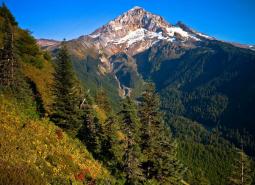
West Cascades
The West Cascades ecoregion extends from east of the Cascade Mountains summit to the foothills of the Willamette, Umpqua, and Rogue Valleys, and spans the entire length of the state of Oregon. It is largely dominated by conifer forests, moving into alpine parklands and dwarf shrubs at higher elevations.
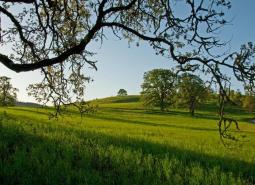
Willamette Valley
The Willamette Valley ecoregion is bounded on the west by the Coast Range and on the east by the Cascade Range. This long mostly level alluvial plain has some scattered areas of low basalt, and contrasts with productive farmland and large urban areas. It has the fastest-growing human population in the state resulting in challenges due to land-use changes.
Strategy Habitats
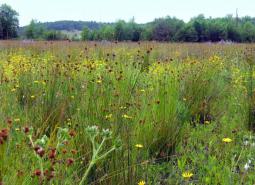
Grasslands
Grasslands include a variety of upland grass-dominated habitats, such as upland prairies, coastal bluffs, and montane grasslands.
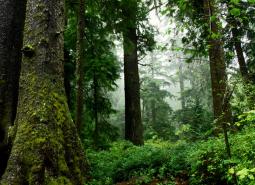
Late Successional Mixed Conifer Forests
Late successional mixed conifer forests provide a multi-layered tree canopy, including large-diameter trees, shade-tolerant tree species in the understory, and a high volume of dead wood, such as snags and logs.
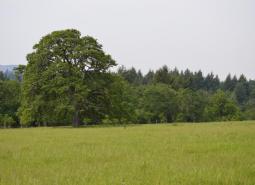
Oak Woodlands
Oak woodlands are characterized by an open canopy dominated by Oregon white oak.
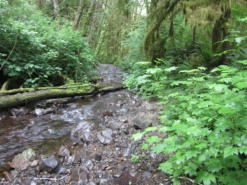
Flowing Water and Riparian Habitats
Flowing Water and Riparian Habitats include all naturally occurring flowing freshwater streams and rivers throughout Oregon as well as the adjacent riparian habitat.
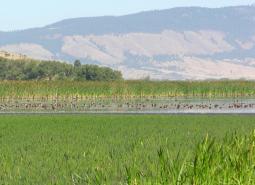
Wetlands
Wetlands are covered with water during all or part of the year. Permanently wet habitats include backwater sloughs, oxbow lakes, and marshes, while seasonally wet habitats include seasonal ponds, vernal pools, and wet prairies.
Strategy Species
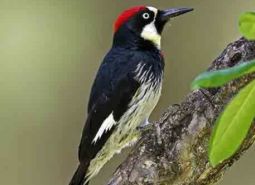
Acorn Woodpecker (Observed)
Melanerpes formicivorus
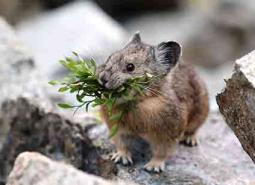
American Pika (Modeled Habitat)
Ochotona princeps
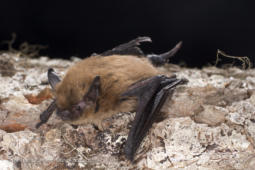
California Myotis (Modeled Habitat)
Myotis californicus
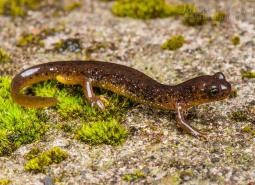
Cascade Torrent Salamander (Observed)
Rhyacotriton cascadae
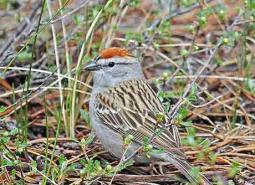
Chipping Sparrow (Observed)
Spizella passerina
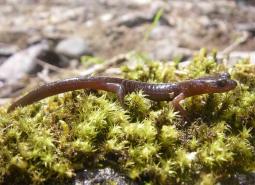
Clouded Salamander (Modeled Habitat)
Aneides ferreus
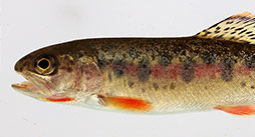
Coastal Cutthroat Trout (Documented)
Oncorhynchus clarki clarki
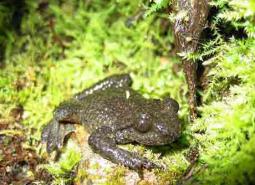
Coastal Tailed Frog (Modeled Habitat)
Ascaphus truei
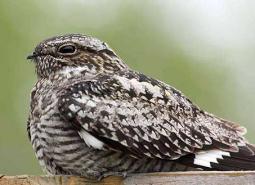
Common Nighthawk (Modeled Habitat)
Chordeiles minor
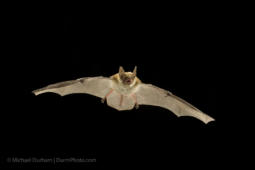
Fringed Myotis (Modeled Habitat)
Myotis thysanodes
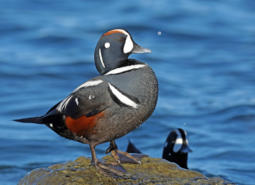
Harlequin Duck (Modeled Habitat)
Histrionicus histrionicus
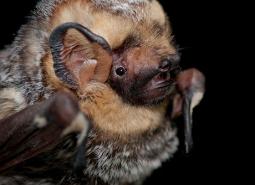
Hoary Bat (Modeled Habitat)
Lasiurus cinereus
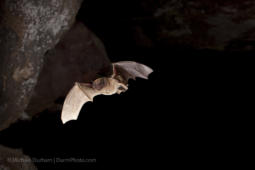
Long-legged Myotis (Modeled Habitat)
Myotis volans
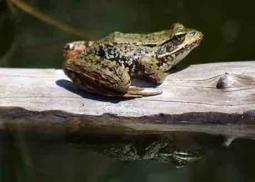
Northern Red-legged Frog (Observed)
Rana aurora
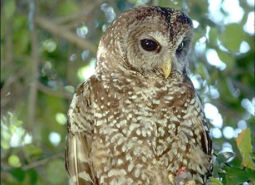
Northern Spotted Owl (Observed)
Strix occidentalis caurina
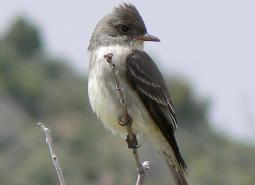
Olive-sided Flycatcher (Observed)
Contopus cooperi
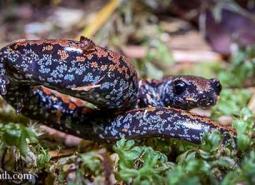
Oregon Slender Salamander (Observed)
Batrachoseps wrighti
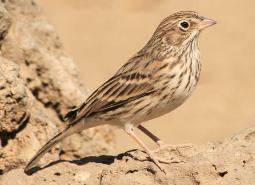
Oregon Vesper Sparrow (Modeled Habitat)
Pooecetes gramineus affinis
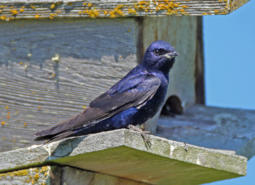
Purple Martin (Observed)
Progne subis arboricola
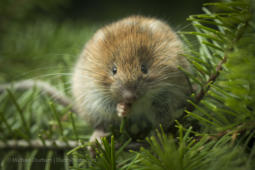
Red Tree Vole (Observed)
Arborimus longicaudus
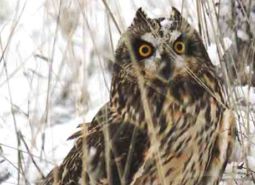
Short-eared Owl (Modeled Habitat)
Asio flammeus flammeus
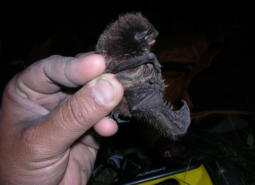
Silver-haired Bat (Modeled Habitat)
Lasionycteris noctivagans
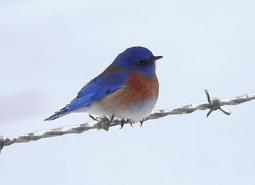
Western Bluebird (Observed)
Sialia mexicana
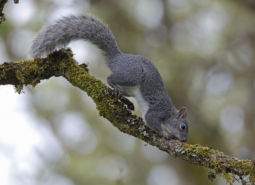
Western Gray Squirrel (Modeled Habitat)
Sciurus griseus
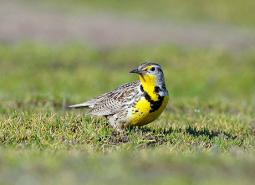
Western Meadowlark (Observed)
Sturnella neglecta
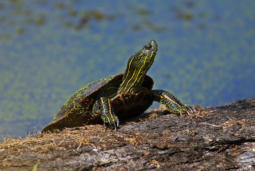
Western Painted Turtle (Modeled Habitat)
Chrysemys picta bellii
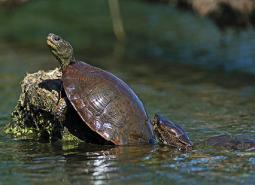
Northwestern Pond Turtle (Observed)
Actinemys marmorata
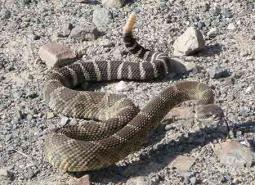
Western Rattlesnake (Modeled Habitat)
Crotalus oreganus
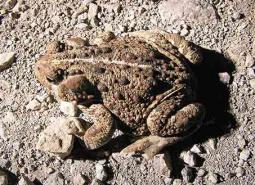
Western Toad (Modeled Habitat)
Anaxyrus boreas
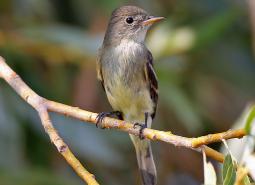
Willow Flycatcher (Observed)
Empidonax traillii
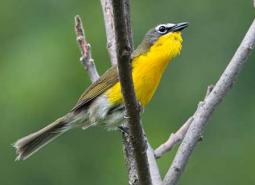
Yellow-breasted Chat (Observed)
Icteria virens auricollis